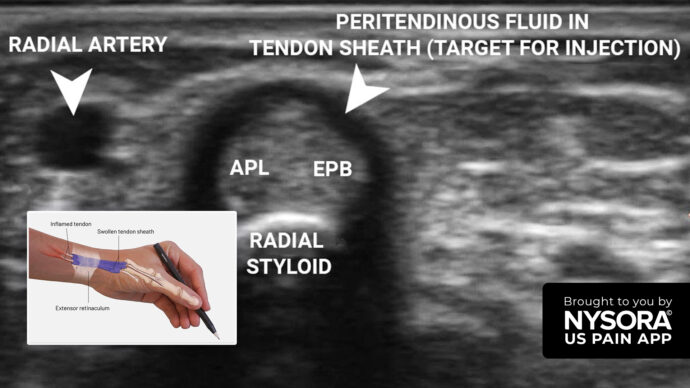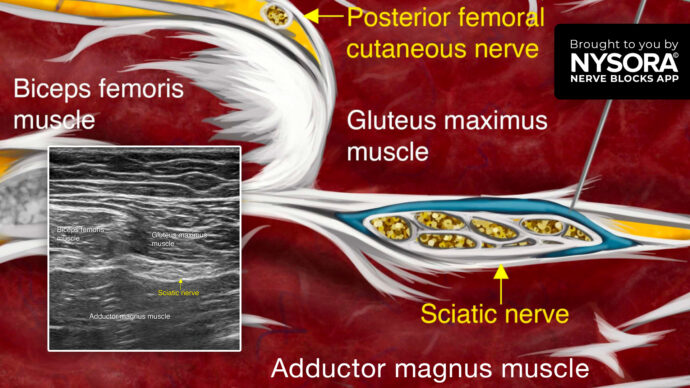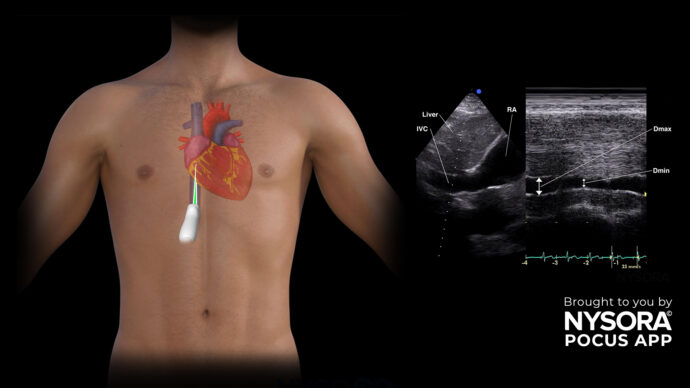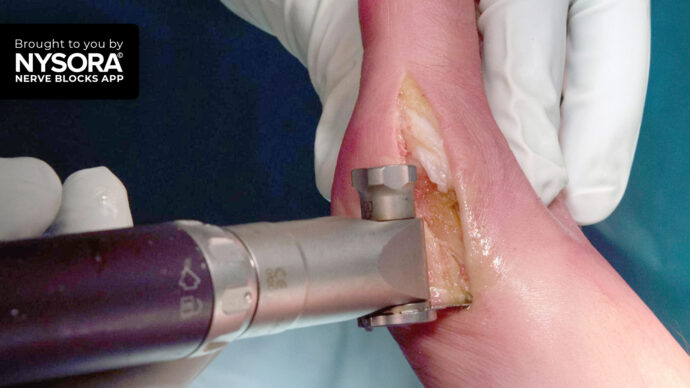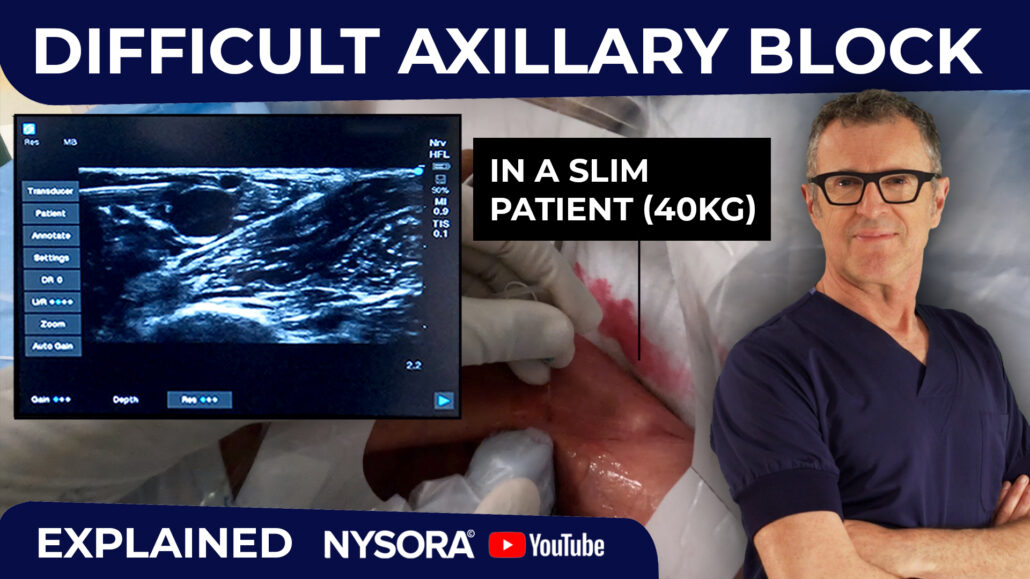
Difficult Axillary Block in Slim Patients?
Here’s an intriguing paradox in regional anesthesia: While one might intuitively believe that slim patients would be easier subjects for an axillary brachial plexus block, the opposite seems to hold true. Why is this procedure more challenging in those with low BMI? Let’s dive into the details.
1. The Role of Adipose Tissue
In individuals with a normal or higher BMI, the adipose tissue provides a helpful ‘contrast’ when identifying nerves of the axillary brachial plexus. In slimmer patients, this contrast is lacking, making nerve identification trickier.
2. Shallow Anatomical Structures
Due to limited fat deposits, the proximity of the axillary artery to the surrounding nerves is much closer in slim patients. This creates a smaller margin of error when maneuvering the needle amongst these structures.
3. Adjusting Techniques
For those with low BMI, there may be a need to modify the needle placement technique. This might entail using ultrasound guidance, tweaking needle angles, or even considering alternative approaches to nerve location.
🎥 Watch this video for a more in-depth look into this topic and to view practical demonstrations.
4. Special Consideration for LAST:
Low BMI patients can have faster absorption rates of local anesthetics. Combined with the nuances of protein binding, they stand at a heightened risk of Local Anesthetic Systemic Toxicity (LAST). It’s crucial to optimize the anesthetic mixture and dosing for this demographic to ensure safety.
5. Safety
Given the potential risks, always be vigilant for symptoms of LAST. Being prepared with knowledge and response strategies is the best line of defense.
In the video we used a mixture of ropivacaine and lidocaine, to decrease the dose of the more toxic local anesthetic – ropivacaine, while preserving the duration of the axillary block, required for AV-fistula creation – which is typically 1-2 hours in most institutions. The combination of ropivacaine-lidocaine will typically last up to 6 hours for surgical anesthesia.
6. Share Your Experience
Have you faced challenges with slim patients during the axillary block procedure? We invite all our readers to share their insights or ask questions. Together, we can build a knowledge-rich community!
For more tips like these and the complete guide to the 60 most frequently used nerve blocks, download the Nerve Blocks App HERE. Don’t miss the chance to get the bestselling NYSORA Nerve Blocks App also in book format – the perfect study companion with the Nerve Blocks app!

